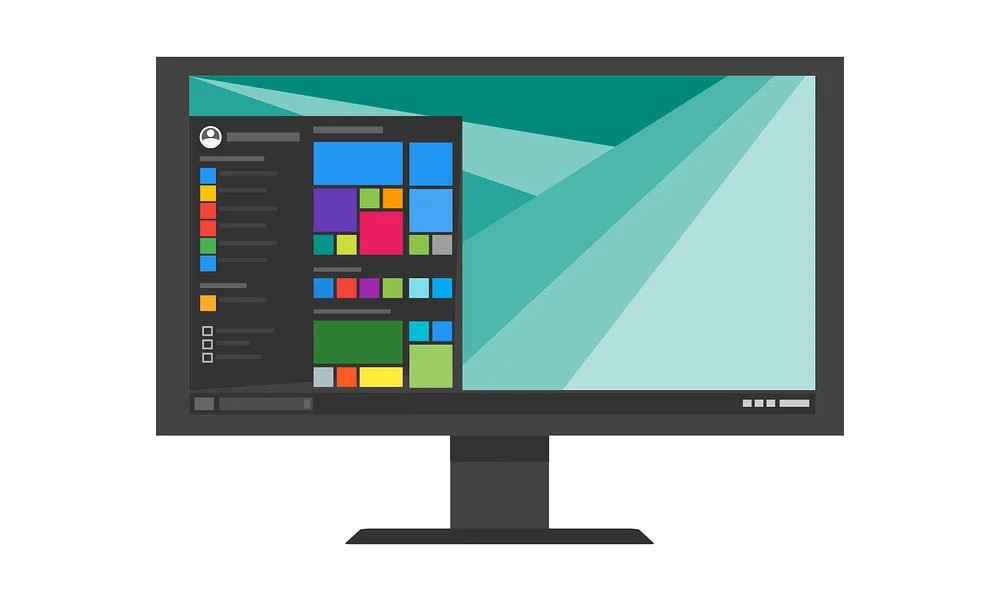The Internet of Things (IoT) has revolutionized the way we interact with technology. With the rise of IoT devices, the need for powerful and efficient operating systems has become increasingly important. Open-source operating systems are emerging as a viable option for IoT devices due to their flexibility, security, and cost-effectiveness.
What are Open-Source Operating Systems?
Open-source operating systems are software systems whose source code is freely available for anyone to view, modify, and distribute. These operating systems are typically developed by a community of developers who collaborate to improve the software over time. Examples of open-source operating systems include Linux, Android, and FreeBSD.
Benefits of Open-Source Operating Systems for IoT
Open-source operating systems have several advantages over proprietary operating systems, particularly in the context of IoT devices. Some of these benefits include:
- Flexibility: Open-source operating systems can be tailored to the specific needs of IoT devices. Developers can modify the software to optimize it for performance, power consumption, and other factors.
- Security: Open-source operating systems are typically more secure than proprietary systems because they are constantly being reviewed and updated by a large community of developers. This ensures that vulnerabilities are discovered and addressed quickly.
- Cost-effectiveness: Open-source operating systems are typically free to use and distribute, making them an attractive option for IoT device manufacturers who need to keep costs low.
Challenges of Open-Source Operating Systems for IoT
While open-source operating systems offer many benefits for IoT devices, there are also some challenges that need to be addressed. These include:
- Compatibility: Open-source operating systems may not be compatible with all hardware platforms, which can limit their use in certain applications.
- Support: Open-source operating systems may not have the same level of support as proprietary systems, which can make it more difficult for developers to troubleshoot issues.
- Fragmentation: Because open-source operating systems are developed by a community of developers, they can sometimes become fragmented with different versions and distributions. This can make it more difficult for developers to maintain and update their systems.
Examples of Open-Source Operating Systems for IoT
There are several open-source operating systems that are well-suited to IoT devices. These include:
- Linux: Linux is a popular open-source operating system that is widely used in IoT devices. It is highly customizable and can be tailored to the specific needs of the device.
- Zephyr: Zephyr is a lightweight open-source operating system that is designed for resource-constrained devices. It is highly scalable and can be used in a variety of applications.
- Riot: Riot is an open-source operating system that is designed for low-power IoT devices. It is highly modular and can be customized for specific applications.
The potential of open-source operating systems in the age of IoT cannot be overstated. These systems offer flexibility, security, and cost-effectiveness that make them an attractive option for IoT device manufacturers. While there are some challenges that need to be addressed, the benefits of open-source operating systems are clear. As the IoT continues to grow, it is likely that we will see more and more devices using open-source operating systems.








